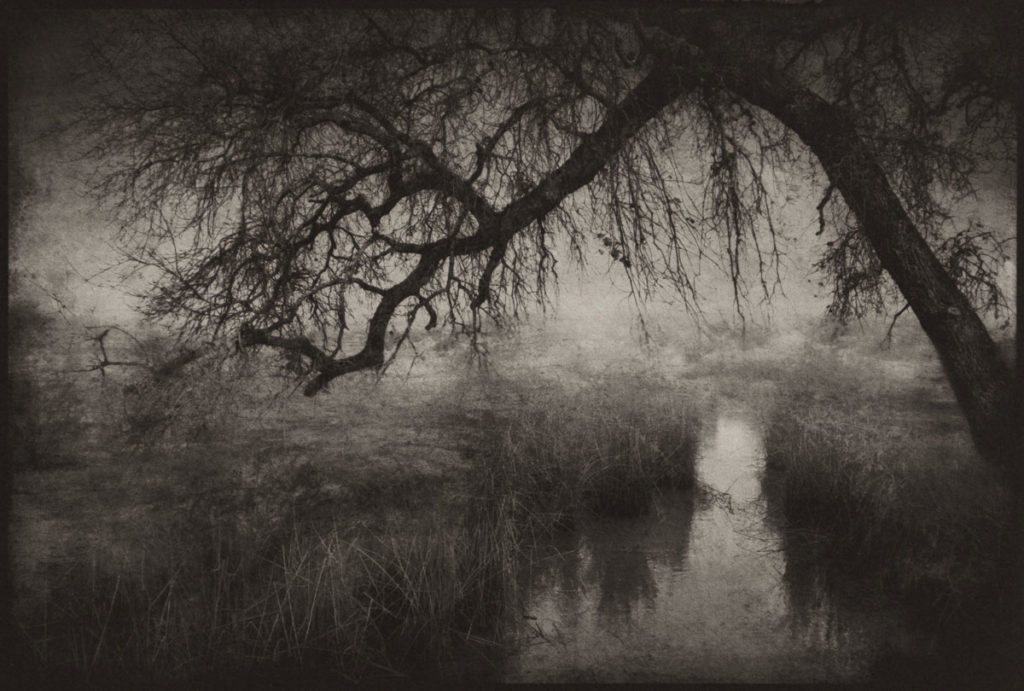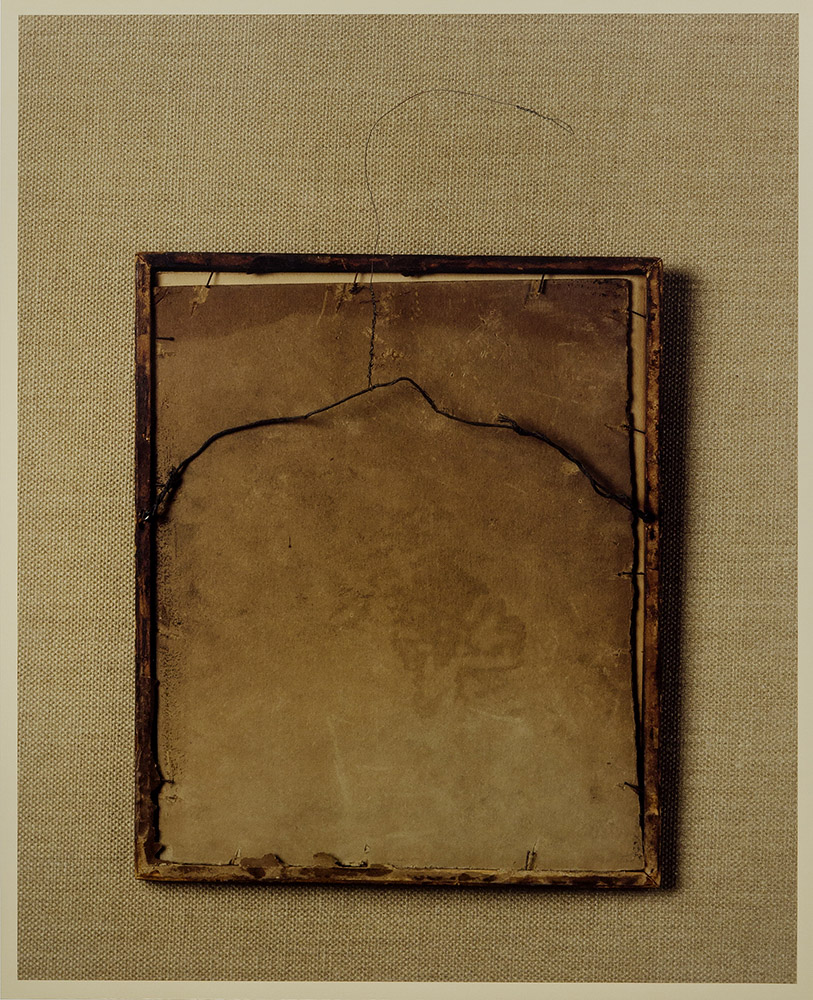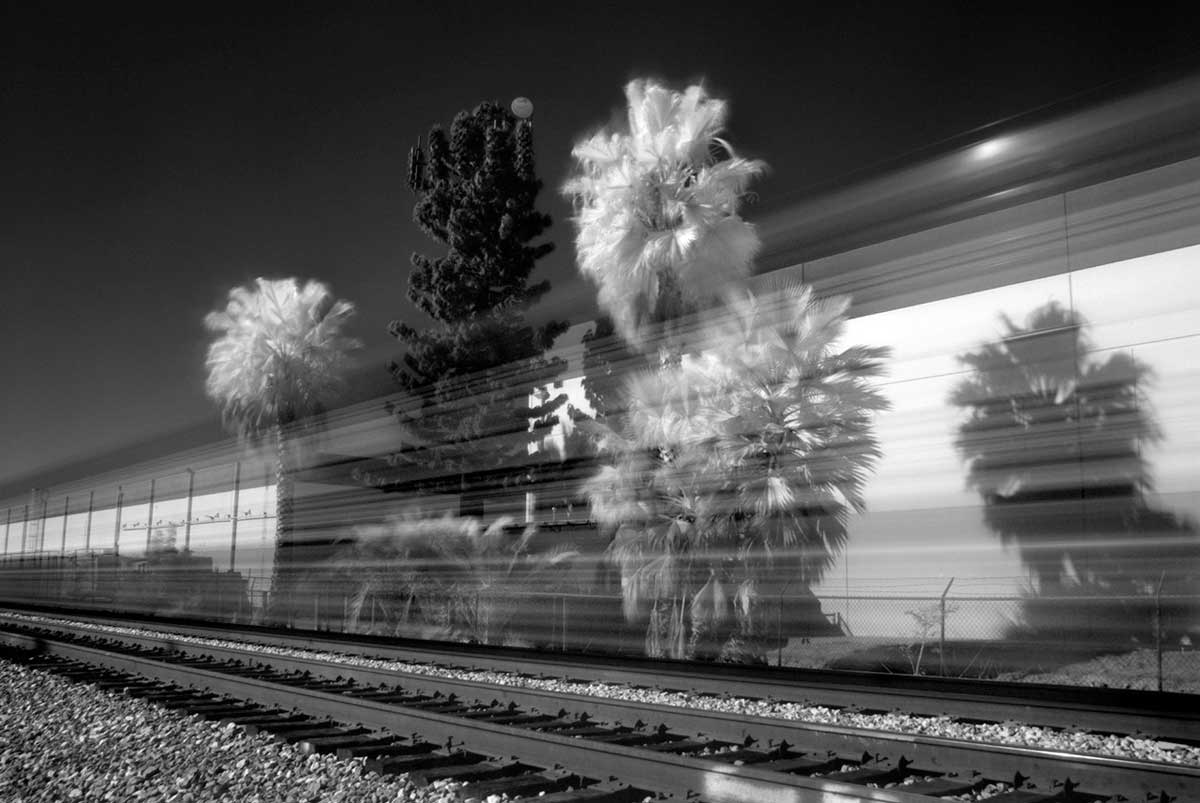In Roland Barthes “Camera Lucida” he deconstructs the word photograph in Latin suggesting it would be translated “imago lucis opera expressa;” “which is to say: image revealed, extracted, mounted, expressed… by the action of light.” In other words, the process of photography does not stop after the shutter has closed, once it is revealed either as a negative or a positive in a computer the photographer is engaged in how to extract the image. How will it be developed? Which image from a session best captures what the photographer wants to express? Does the image trigger an idea that suggests a new session or does it suggest a new direction of expression?
Once an image is selected then the extraction process begins, here again at any point in the process of developing the image a photographer may circle back or change directions. Once an image is finally developed, then the process of mounting or creating the presentation format for the image begins. What medium should be used to print the image? What sort of framing process will best express what the photograph is communicating? Then finally where will the image be expressed? Is it to be part of a series? The same process goes on I believe whether or not it is expressed virtually or in a formal gallery setting.
In the case of Sally Mann, this process is very tactile and in her archives, both the finished negatives and the discarded negatives are kept. So you can physically see the process through which she has travelled to arrive at a final piece. But with everyone, the process is different, in the case of Albert Watson some of this process may be internalized. However, like Henri Cartier-Bresson, the decisive moment is not about a single capture but more about spending a great deal of time capturing different images in the same place or around the same idea until the decisive moment emerges.





















